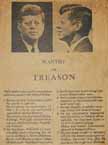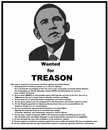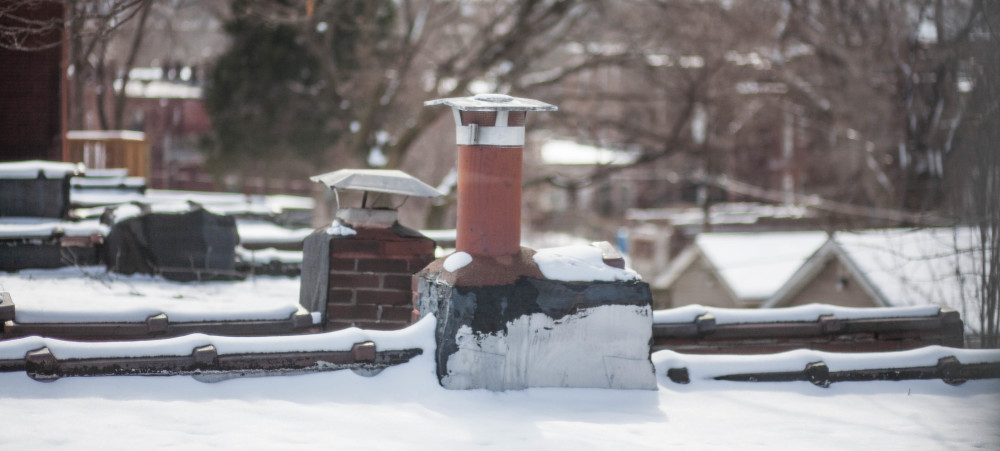 I last wrote about this anniversary in 2008 when I recalled a prayer I heard on the loudspeaker at Crozier Technical High School in Dallas where I taught an extension class on Monday, November 25, 1963. As I said then, the prayer concluded with the agonized question: “Why, Lord, why did it have to happen, and why did it have to happen here?â€
I last wrote about this anniversary in 2008 when I recalled a prayer I heard on the loudspeaker at Crozier Technical High School in Dallas where I taught an extension class on Monday, November 25, 1963. As I said then, the prayer concluded with the agonized question: “Why, Lord, why did it have to happen, and why did it have to happen here?â€
This year the city of Dallas has asked that question again by undertaking to mount what The New York Times has called “the biggest event it has ever held to mark the assassination.” Dallas, itself, is a changed place, now one of Texas’ liberal leaning enclaves (unlike surrounding Dallas County). But this year I am remembering the Dallas political climate of the early 1960s when every day’s news brought us some offense against civility in the depredations of the National Indignation Convention where Evetts Haley called for the lynching of Chief Justice Earl Warren, and Edwin Walker attempted to out-MacArthur the infamous world war II general almost daily. The early sixties offered a feast of political extremism in Dallas, circulating a pamphlet accusing the president of treason and inciting angry mobs to abuse Lyndon Johnson and Adlai Stevenson.
We tend to forget that President Kennedy was in deep trouble when he traveled to Dallas in 1963. His legislative agenda was stalled in the congress. He was targeted by organized hate campaigns on behalf of various fanatical anti-communist groups, opponents of civil rights, and anti-Catholic Christians. He had come to symbolize all that the most fanatical movement conservatives hated most: east coast elitism, sympathy for communist regimes, opposition to Jim Crow—no matter his problematic history with respect to civil rights and the prosecution of the cold war. The assassination made JFK a martyr for causes he had come to support reluctantly and made Dallas his symbolic assassin, albeit the real killer was in all likelihood a disaffected loner.
A number of journalists have connected present-day right-wing fanaticism with the fanaticism of the 1960s and earlier times. See here and here for examples. Right-wing fanaticism runs deep in Texas and in Dallas, the home of the revived Ku Klux Klan of the 1920s. Much has been made of the shift of southern right-wing voters to Richard Nixon in 1968, but in Texas it was the Eisenhower election of 1952 that marked a massive shift of right-wing Democrats to support of Republican candidates, led by then governor Allan Shivers. Ronald Reagan was courted by these same Texans as a potential presidential candidate in the years immediately before the election of 1960. The Shivercrats, as we called them, kin to the Dixiecrats who supported Strom Thurmond when he walked out of the 1948 Democratic convention to protest his party’s civil rights agenda, remained in the Democratic party until Lyndon Johnson’s presidency, when Johnson’s defection to liberalism gave them a reason to declare themselves Republicans. Texas Governor (as well as Secretary of the Navy under John Kennedy and Secretary of the Treasury under Richard Nixon) John Connally, was one such Shivercrat.
McCarthyism and racism run deep in Texas as well. Just before I became a student at SMU in the early 1950s, the chair of the English department, John Beaty, had become widely controversial for his fanatical anti-communism, which caused him to complain that SMU was rife with communists and fellow travelers. I remember watching him walk around campus wearing a pith helmet—we joked about it and called him Clyde. Marshall Terry has remembered him as a fine teacher, Paul Boller as a vindictive red baiter. In Austin, J. Frank Dobie had been targeted by the FBI and the House Un-American Activities Committee after his shift to liberal politics in 1943. Dobie was eventually driven out of The University of Texas by right-wing governor, Coke Stevenson, in 1947. I’ve mentioned the depredations of J. Evetts Haley, one of the founders of the John Birch Society and a red baiter and Roosevelt hater from the earliest times. Haley remained a force in Texas politics throughout the 1960s. His 1964 book, A Texan Looks at Lyndon, made him a national figure for a time. Haley is also the author of a much praised biography of legendary cowman, Charles Goodnight, a book Dobie admired. Dobie and Haley were friends for many years until Dobie declared for liberalism and civil rights. Haley was also a committed racist, as were most others who supported the National Indignation Convention. Texas’ history as a haven for slavery and its long and shameful history of racist lynchings and mass murders are indices of the depth of its racist past.
But these observations don’t tell the whole story. Texas had a strong liberal contingent in my day, led during my experience by Senator Ralph Yarborough. The Texas Observer was and remains a liberal rag with a fair amount of influence. In my day in Dallas, SMU stood as a bastion of liberalism, even though it depended upon right-wing Dallas for yearly support. Unphrey Lee and Willis Tate didn’t win all the battles they fought, but they fought the good fight, something I think SMU has forgotten how to do. I need to think about my Texas. It is my place in a way that New Mexico, where I was born, is not; in a way that North Carolina and Missouri, places I Have lived for many years and will always love, are not. Texas is my place, and my love for Texas is kin to my love for my country. I need to think about these things because I have never explored them except in an essay I published over twenty years ago. I wrote about it here last year.
 And I intend to write more about these things. But today I am thinking that I shouldn’t be surprised at the recent craziness of some Texas politicians. It is as though the past that many in Dallas would like to escape has now become a permanent part of American national life, as Manny Fernandez observed in The New York Times. This year, on the anniversary of John Kennedy’s death by violence, I am remembering the many who have been murdered by political violence in my state and in my country in my lifetime. And I am not unmindful of the significance of a poster that has circulated recently charging President Obama with treason.
And I intend to write more about these things. But today I am thinking that I shouldn’t be surprised at the recent craziness of some Texas politicians. It is as though the past that many in Dallas would like to escape has now become a permanent part of American national life, as Manny Fernandez observed in The New York Times. This year, on the anniversary of John Kennedy’s death by violence, I am remembering the many who have been murdered by political violence in my state and in my country in my lifetime. And I am not unmindful of the significance of a poster that has circulated recently charging President Obama with treason.
